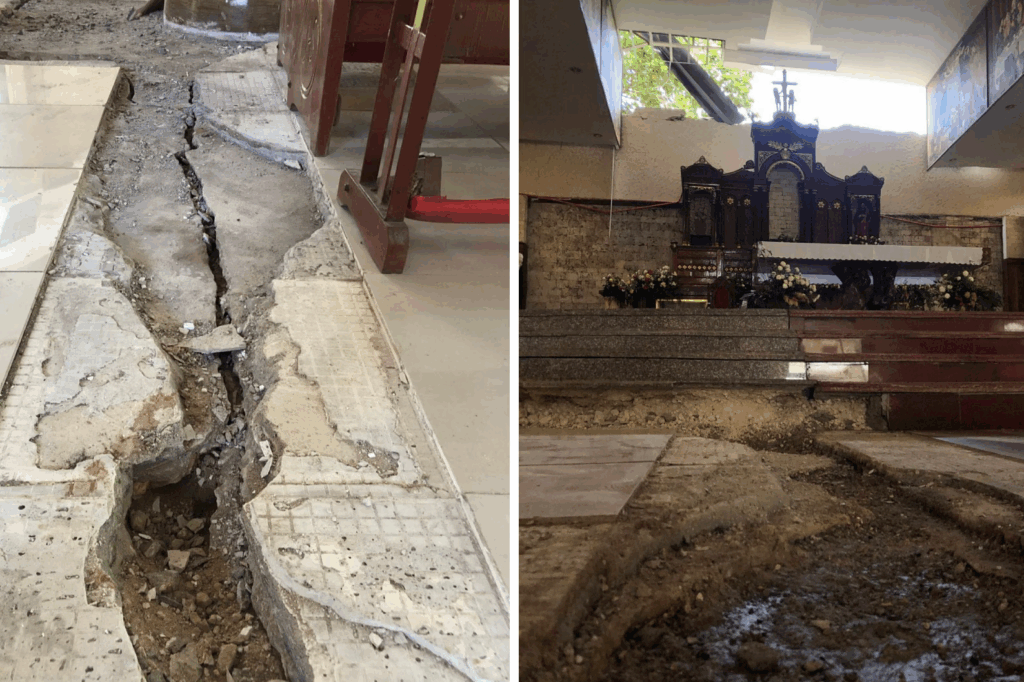
After the 6.9 magnitude earthquake that struck Cebu on September 30, engineers determined that the 161-year-old San Juan Nepomuceno Parish in San Remigio, Northern Cebu, was dangerous and will no longer be used.
The building was severely damaged by the earthquake, according to an official statement from the parish.
‘GRIEF AND HOPE’

They went on to write, “This decision was not made lightly. We understand the deep emotional bond our community shares with this sacred edifice. Every stone, every pew, every echo of prayer within its walls carries the stories and sacrifices of the San Remigiohanon faithful.”
Every visitor is urged by church officials to keep in mind the building’s past and memories.
The church has called for prayers and described the scenario as a time of “grief and hope” as construction on the new church gets underway in the coming weeks.
Early in the 17th century, the San Juan Nepomuceno Parish Church was constructed.
San Juan Nepomuceno, also known as Saint John Nepomuk, was a Bohemian priest and martyr who is renowned for his fervent advocacy of the sacrament of confession.
The patron saint of confessors is Saint John Nepomuk.
The September earthquake in Cebu also destroyed a number of other churches.
The historic church—considered one of the oldest cultural landmarks in its municipality—suffered major structural cracks, partial collapse of its bell tower, and severe damage to its foundations. According to engineers from the Archdiocesan Commission on Cultural Heritage, restoration is no longer feasible.
Residents expressed heartbreak over losing a symbol of their town’s identity—one that has served generations since the late 1800s. Many have visited the church grounds in the past days to take photos, light candles, and say prayers.
“Masakit po talaga. Dito po kami bininyagan, kinasal ang mga magulang namin, dito rin nagmisa ang mga lolo’t lola namin,” said parishioner Maricel Ramos. “It’s like a part of our town’s soul is gone.”
The church was known for its Spanish-era stonework, century-old retablos, and intricately carved wooden doors that survived several natural disasters in the past. This earthquake, however, proved too devastating.
The parish announced that religious activities would be moved to a temporary chapel being constructed in the nearby plaza. Church leaders assured the faithful that sacred items—such as images, relics, and liturgical artifacts—were safely retrieved before engineers sealed the site.
“While we grieve the loss of the physical structure, our faith community remains strong,” said Fr. Miguel Estrera, the parish priest. “We will rebuild—not the same walls, but the same spirit.”
Local officials are also coordinating with the National Museum of the Philippines and the NCCA (National Commission for Culture and the Arts) to safeguard any remaining heritage elements that can still be preserved.
With the building declared unsafe, the municipality will restrict public access to prevent accidents. Discussions are underway about converting the area into a heritage park, showcasing the remnants of the old church alongside informational displays.
Governor Gwendolyn Garcia said the provincial government will support documentation and preservation efforts:
“We may not be able to restore the church, but we can honor its history.”






